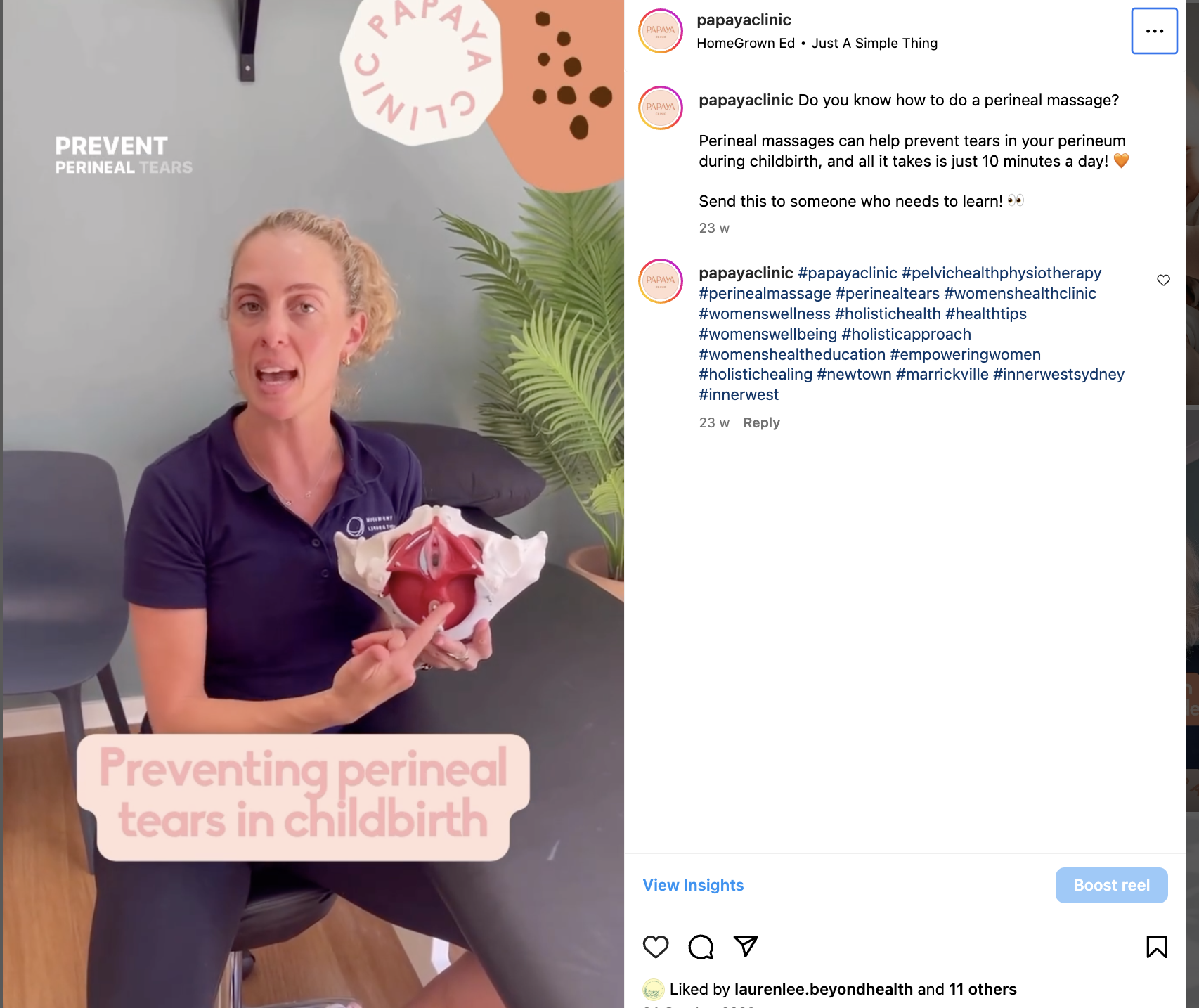7 Key Benefits of Perineal Massage in Late-Stage Pregnancy
Perineal Massage at Late Stage Pregnancy
Perineal massage in late-stage pregnancy prepares the body for a smoother delivery and recovery. This comprehensive guide covers essential techniques and benefits.
Understanding Perineal Massage
The journey of pregnancy is both beautiful and challenging, with the body undergoing numerous changes to prepare for childbirth. One practice that has garnered attention for its benefits in preparing for delivery is perineal massage. This gentle practice involves the stretching and massaging of the perineum, the area between the vagina and the anus, which is pivotal during childbirth.
The Anatomy of the Perineum
The perineum plays a crucial role during the delivery process, stretching significantly to allow the baby to pass through. Understanding its structure and the potential for tearing or the need for episiotomies during childbirth underscores the importance of perineal massage.
Benefits of Perineal Massage During Pregnancy
Practicing perineal massage from the 34th week of pregnancy can offer several benefits, including increased elasticity of the perineum, reduced risk of tearing during delivery, and a decrease in the likelihood of needing episiotomies. Moreover, it can lead to a quicker recovery postpartum and less postnatal discomfort.
Ideal Timing for Starting Perineal Massage
Starting perineal massage around the 34th week of pregnancy allows the perineal tissue ample time to become more supple and elastic, which can facilitate a smoother delivery process.
Preparing for Perineal Massage
Before beginning perineal massage, it’s essential to create a comfortable and relaxed setting. This preparation helps in making the practice a routine part of your pregnancy care.
Choosing the Right Environment and Position
Find a quiet, private space where you feel relaxed. Sitting or leaning back comfortably, with knees bent and legs apart, provides an accessible position for the massage.
Essential Oils and Lubricants: What to Use and Avoid
Using a safe lubricant such as water-based lubricants, or natural oils like olive or almond oil, can make the massage more comfortable. Avoid perfumed oils or those that may cause skin irritation.
Step-by-Step Guide to Perineal Massage
Techniques and Tips for Effective Massage
Begin by washing your hands and applying lubricant to your thumbs and perineum.
Insert your thumbs 1-2 inches into the vagina and gently press downward towards the anus, and to the sides, stretching the perineum until you feel a slight tingling sensation.
Maintain this pressure for about 2 minutes, slowly massaging back and forth, and in a U-shape motion.
This routine, when practiced 3 times a week, can significantly enhance perineal elasticity, and prevent perineal tears.
How Often and How Long: Establishing a Routine
Aim to incorporate this massage into your routine, practicing for about 5-10 minutes each session, 3-4 times a week. Consistency is key to achieving the best outcomes.
Involving Your Partner in the Process
Including your partner in perineal massage can not only make the process easier but also help in building a supportive bond as you prepare for the arrival of your baby.
Guiding Your Partner: Tips for a Comfortable Experience
Educate your partner on the technique, ensuring they understand the pressure and movements that are comfortable for you, enhancing the experience and benefits of the massage.
Addressing Common Concerns and Questions
Managing Discomfort During Massage
If discomfort occurs, adjusting the pressure or position can help. It’s important to listen to your body and proceed gently.
Safety Precautions and When to Avoid Massage
In certain cases, such as with active vaginal infections or if advised by your healthcare provider, perineal massage should be avoided. Always consult with a healthcare professional before starting.
Supporting Your Perineal Health Beyond Massage
Perineal health extends beyond massage, incorporating pelvic floor exercises, and proper nutrition can further enhance your preparation for childbirth.
Pelvic Floor Exercises: Strengthening Your Core
Incorporating pelvic floor exercises into your routine can strengthen the muscles involved in delivery, aiding in both the childbirth process and recovery. Pelvic floor dysfunctions can be asymptomatic, so we like to be preventative rather than reactive.
Nutrition and Hydration for Optimal Pelvic Health
A balanced diet rich in vitamins and minerals, along with proper hydration, supports overall pelvic health and prepares the body for the demands of childbirth. Our naturopaths and Traditional Chinese Medicine practitioners can help with all things nutrition, nourishment and energy during pregnancy and postpartum periods.
Professional Support for Perineal and Pelvic Health
Seeking professional advice and support is crucial in navigating the journey of pregnancy and postpartum recovery effectively.
Consulting a Women's Health Physiotherapist
A women's health physiotherapist can provide specialized guidance on perineal massage and overall pelvic health, offering tailored advice and support. Katy, our Women's Health Physio at Papaya Clinic, is dedicated to supporting women through their pregnancy and postpartum journey, ensuring optimal pelvic health Women's Pelvic Health Physio.
Postpartum Recovery: The Embrace Program and 6-Week Check-Up
Postpartum recovery is a crucial phase, with programs like the Embrace Program offering comprehensive support for new mothers.
Additionally, the 6-week check-up is vital in assessing recovery and addressing any concerns Postpartum 6 weeks check.
Empowering Yourself for a Healthier Pregnancy and Postpartum Experience
Perineal massage is a valuable practice in preparing for childbirth, offering numerous benefits for both the delivery and recovery process. By understanding and applying these techniques, along with seeking professional support, expecting mothers can empower themselves for a healthier pregnancy and postpartum experience.



